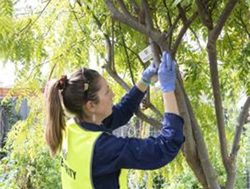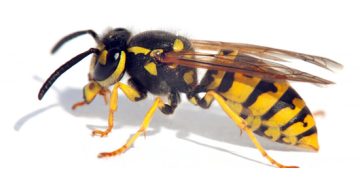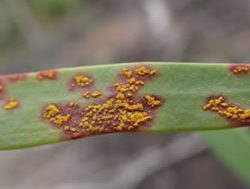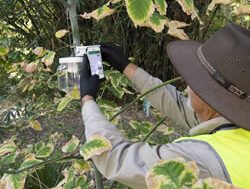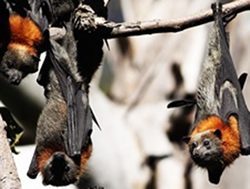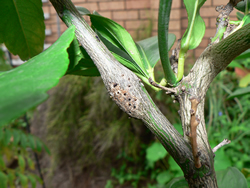 The Department of Primary Industries and Regional Development (DPIRD) has urged home gardeners to be on the lookout for the pest ‘citrus gall wasp’ and act now to protect their own trees and those of their neighbours’.
The Department of Primary Industries and Regional Development (DPIRD) has urged home gardeners to be on the lookout for the pest ‘citrus gall wasp’ and act now to protect their own trees and those of their neighbours’.
Declaring the areas most in need as Perth, Bunbury, and Geraldton, the Department described citrus gall wasp as a destructive pest which in severe cases can leave mature trees unproductive and deform or kill newly planted trees.
Research scientist at DPIRD, Rachelle Johnstone, said the pest was well established in the Perth metropolitan area and more recently had been found in Bunbury and Geraldton.
“Management of this pest is vital, not only to protect trees in our own gardens, but to protect our commercial citrus orchards, which supply fresh, delicious fruit for us to eat,” Ms Johnstone said.
“Home gardeners should look for distinctive woody bulges, or galls, on the shoots and branches of citrus trees, which can measure up to 250 millimetres long and 25 mm thick,” she said.
“Galls can be difficult to find in newly infested trees as they can be quite small.”
She said the wasps lay eggs in new growth from September to December, and galls become visible from February.
“It is best to remove galls by pruning the branches before 30 June and dispose of cuttings in green waste, verge collection or general rubbish,” Ms Johnstone said.
“Galls removed after 30 June need to be treated before disposal to ensure larvae do not survive.”
She said the galls can be treated by shredding or mulching, or ‘solarised’ by placing them in a well-sealed plastic bag and left in the sun for at least four weeks.
For bulk cuttings, galls can be securely covered with a tarp.”
DPIRD and the industry group WA Citrus are also reminding gardeners in citrus production areas to inspect their trees and implement control measures to reduce the threat to their tree’s health and to the WA citrus industry.
More information on controlling citrus gall wasp can be accessed on the DPIRD website at this PS News link.


